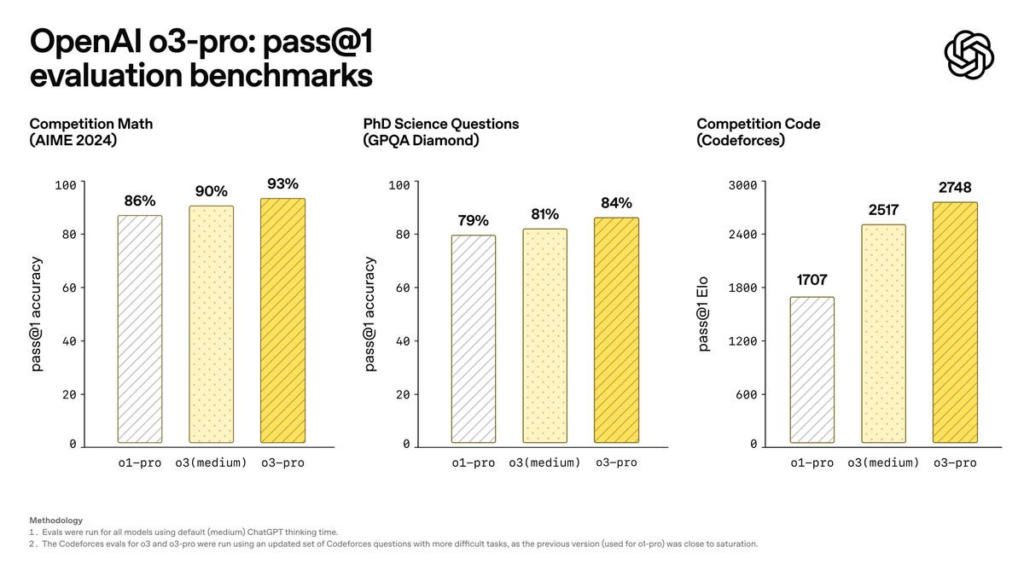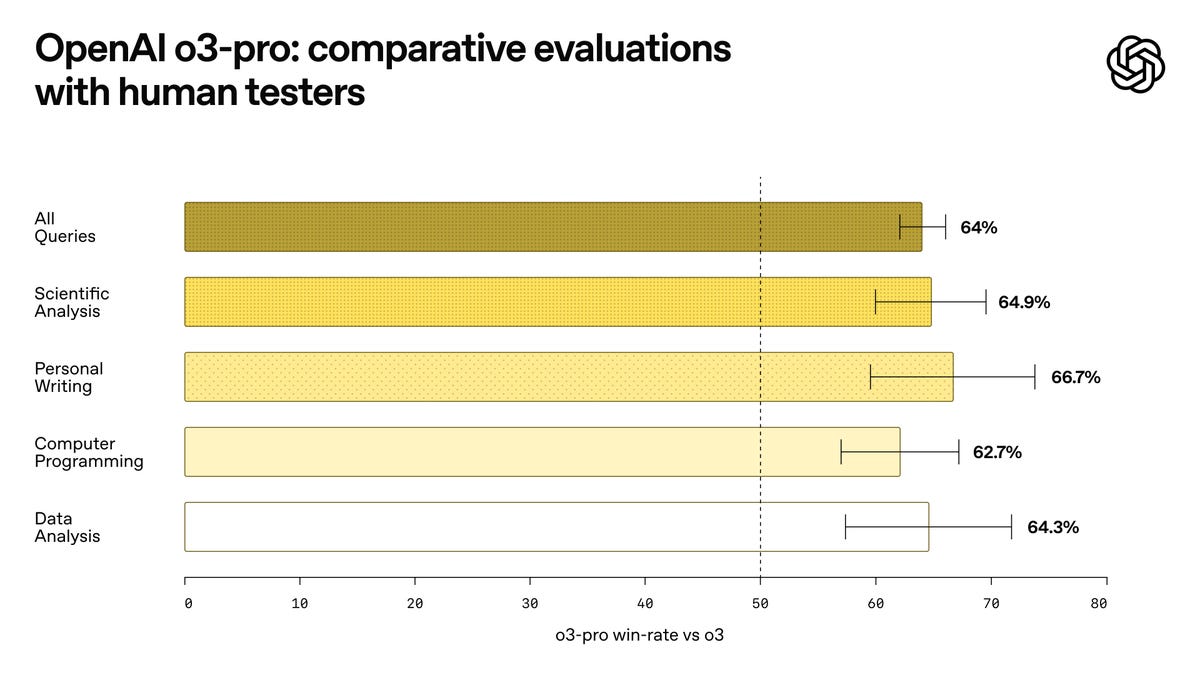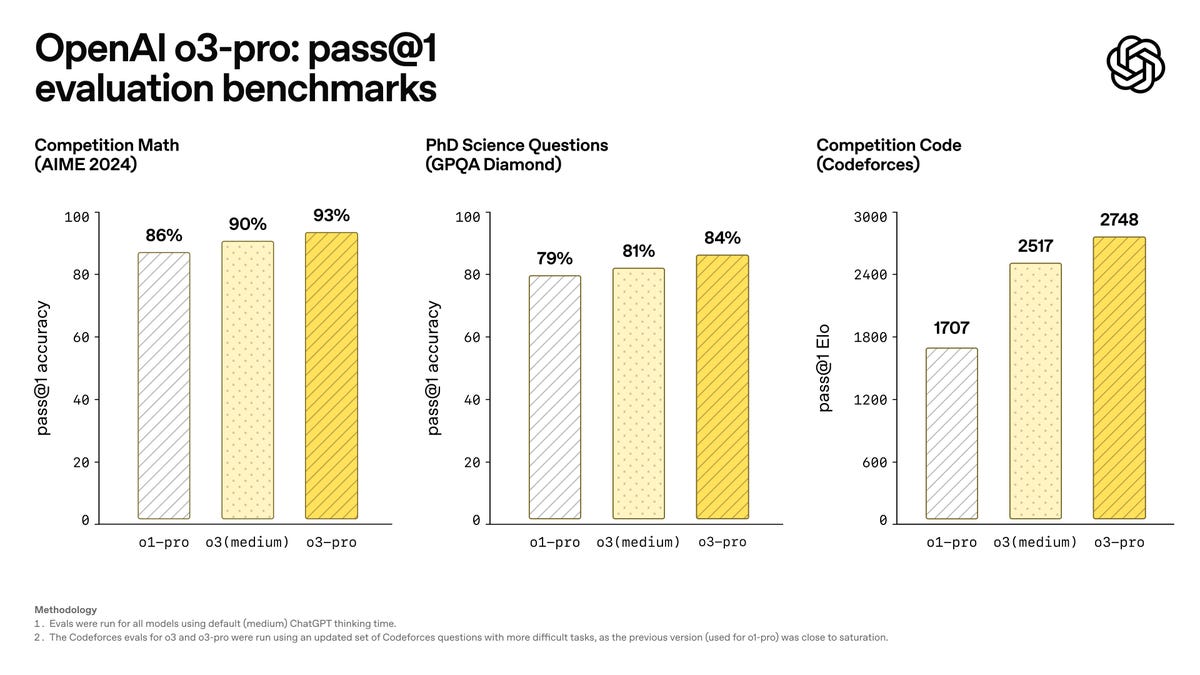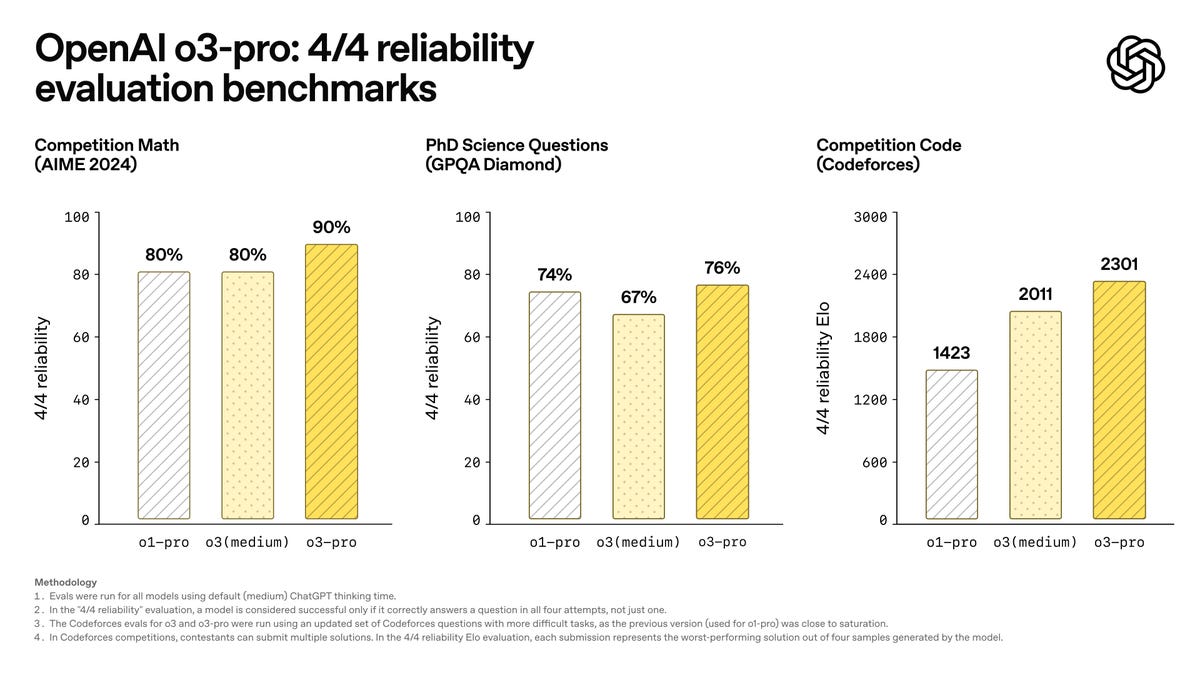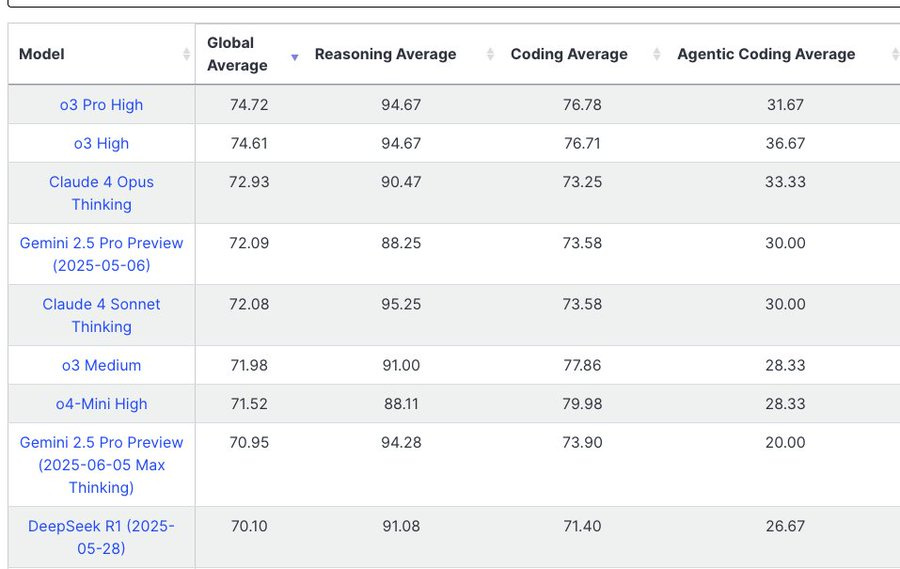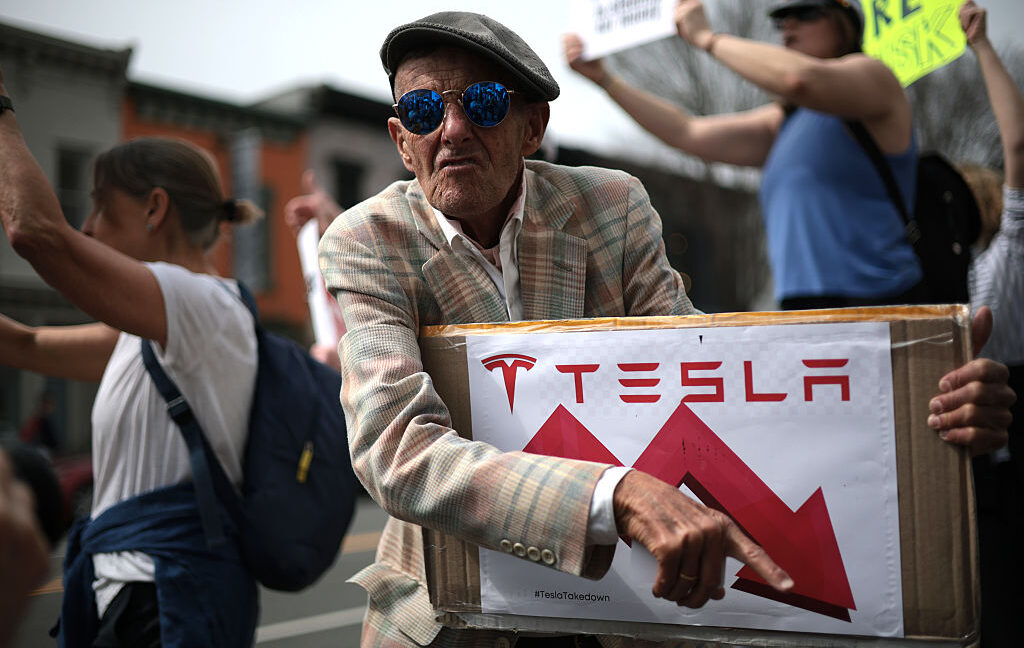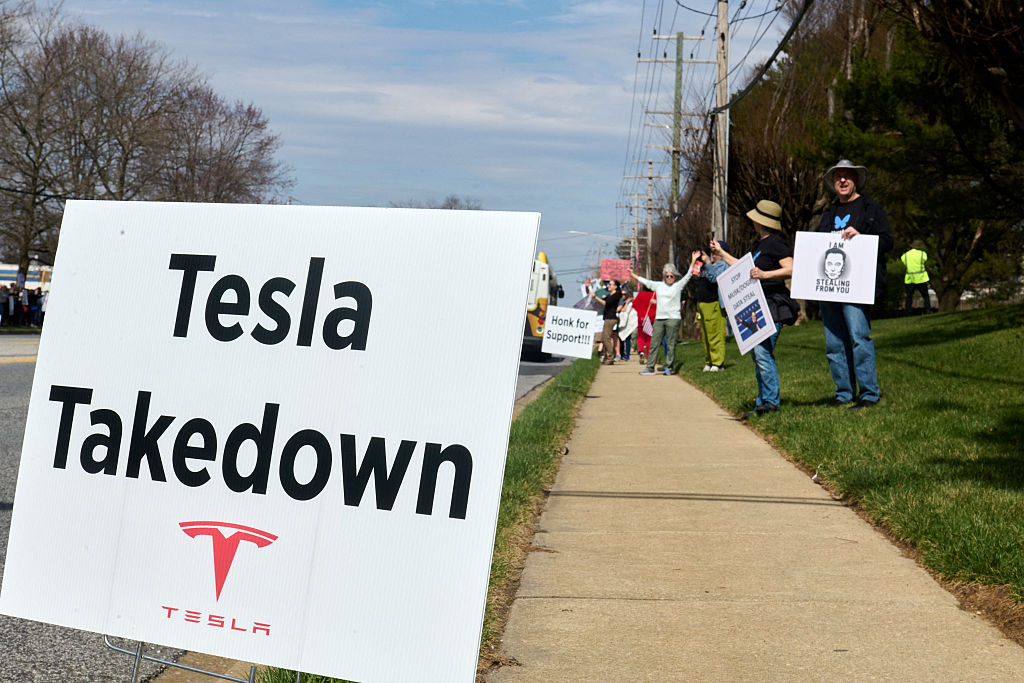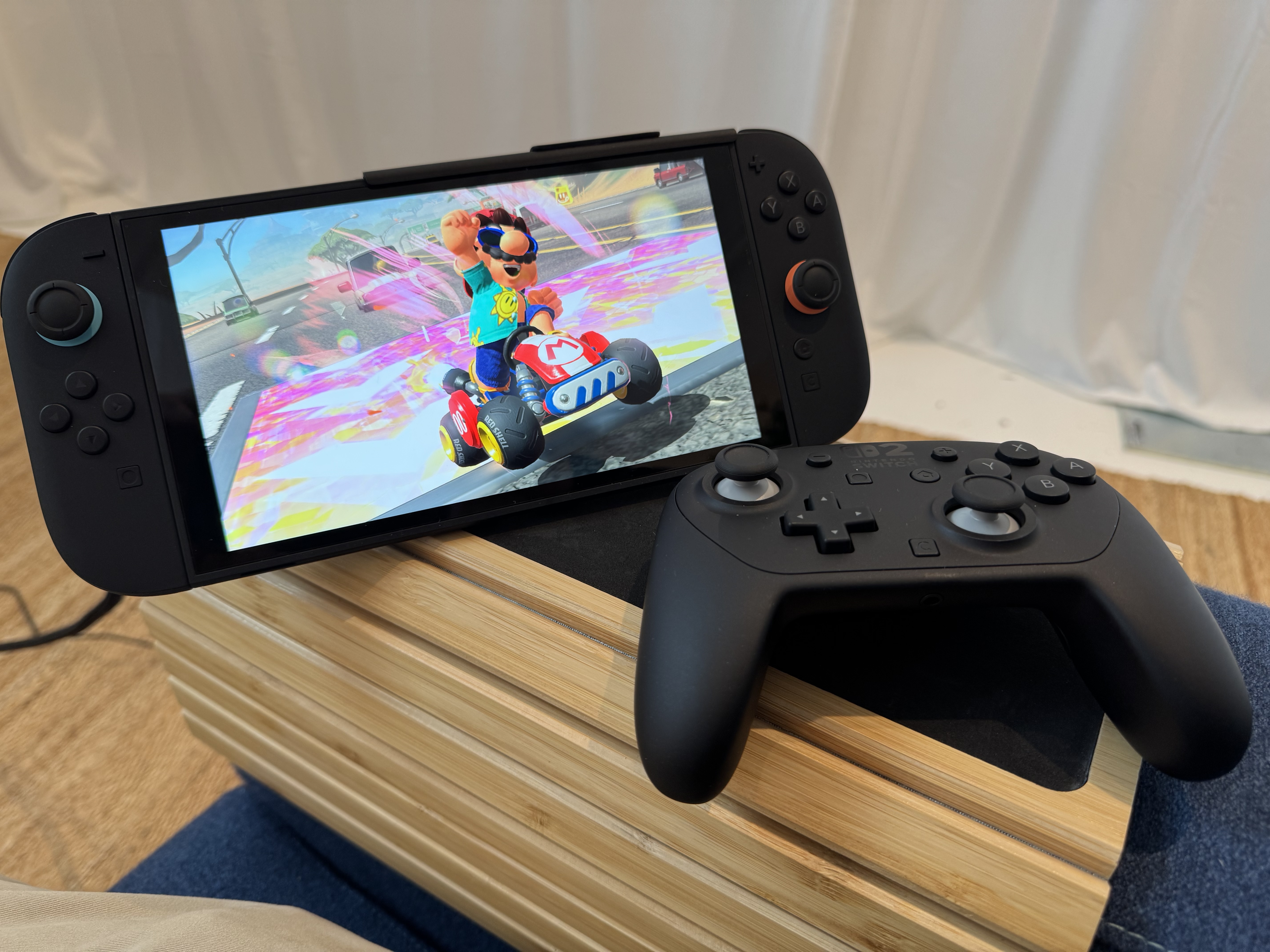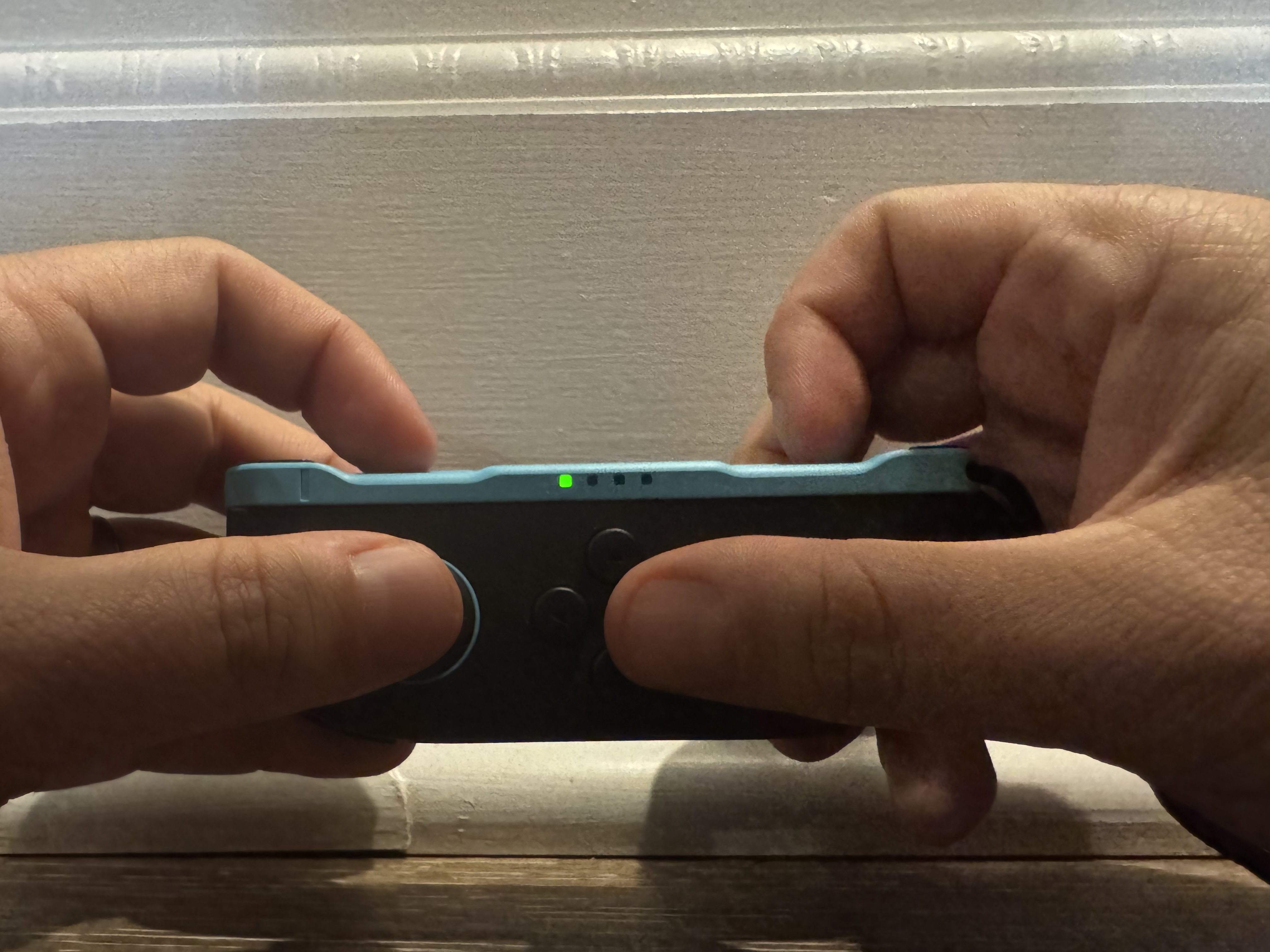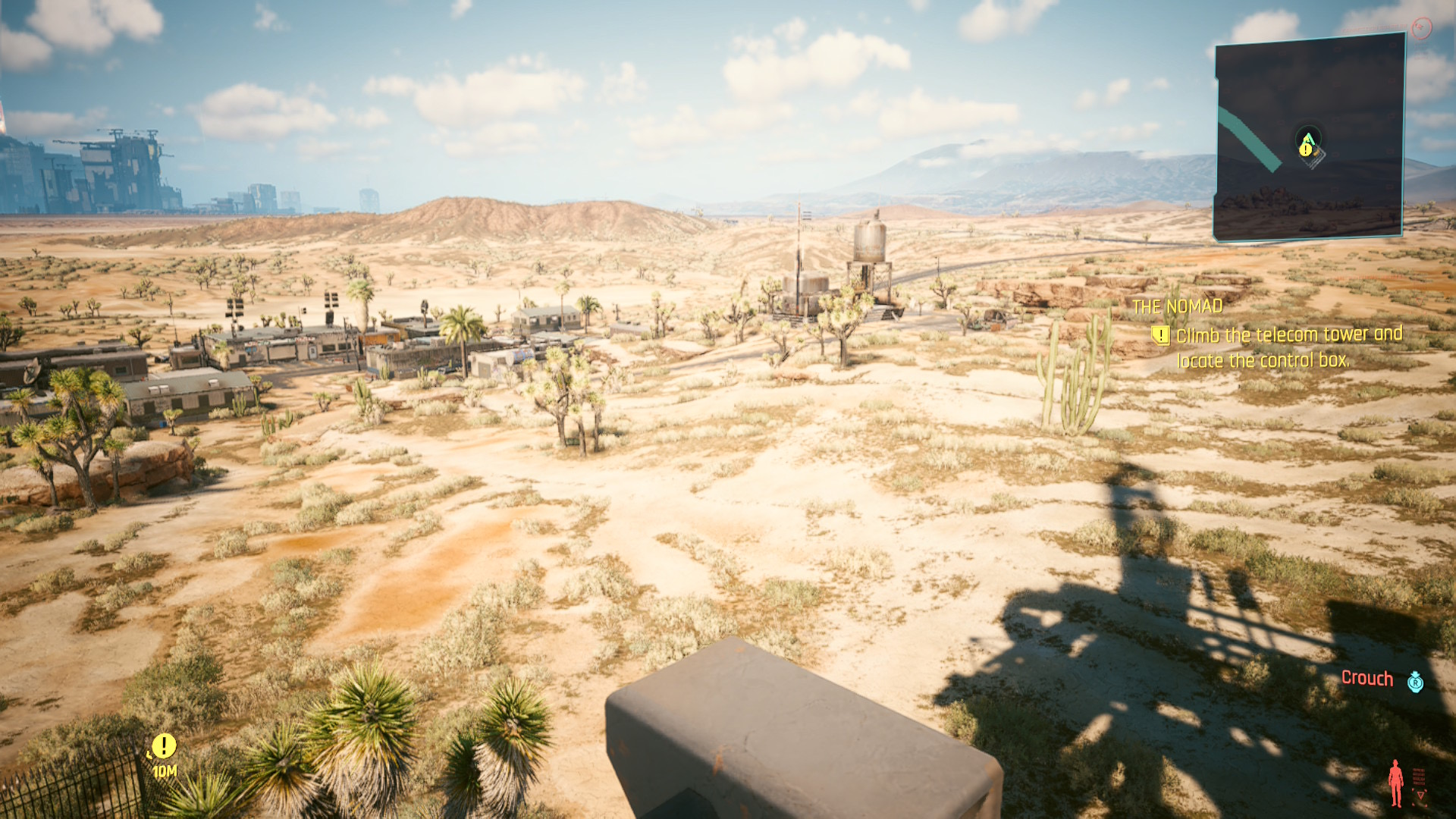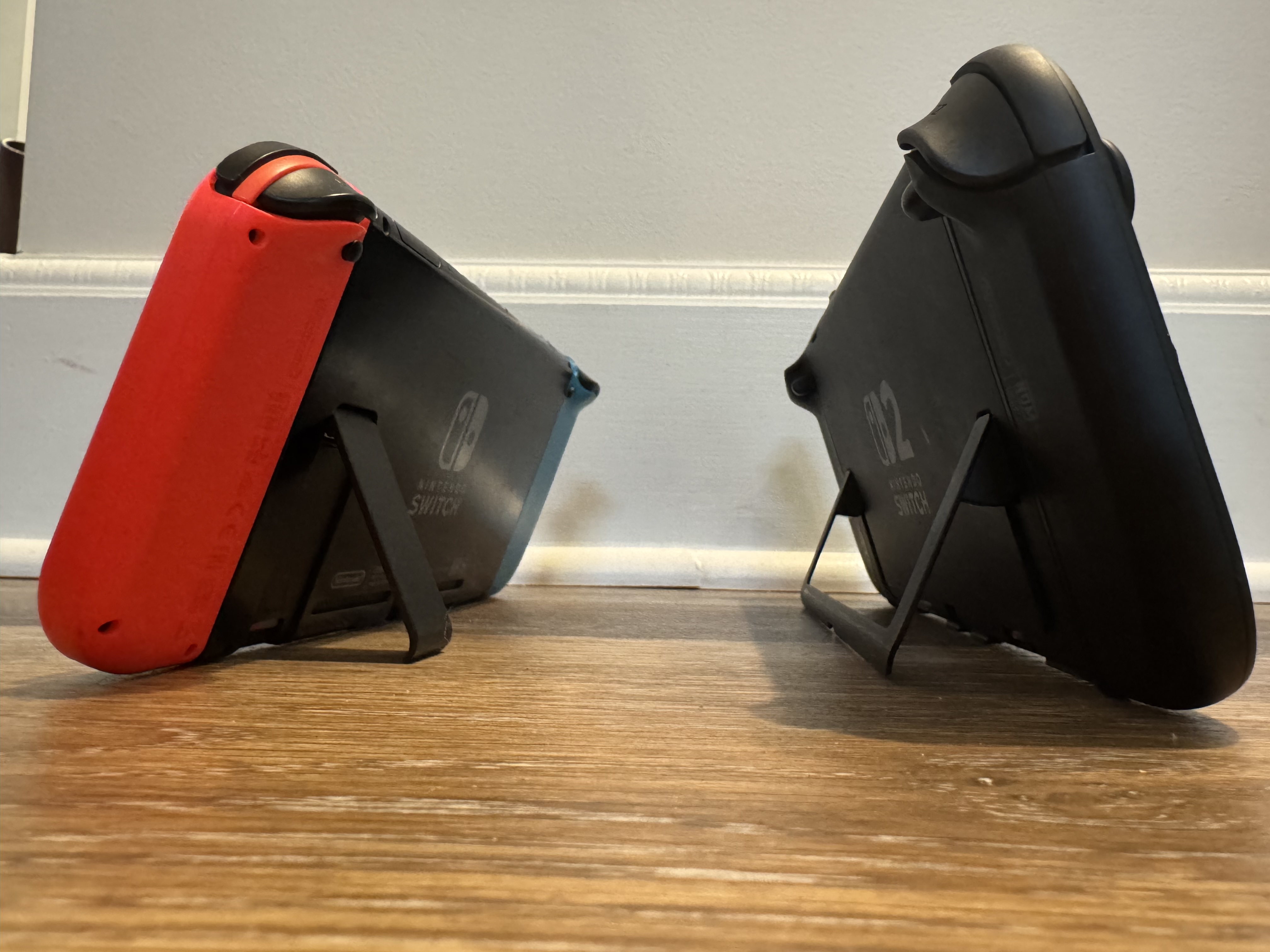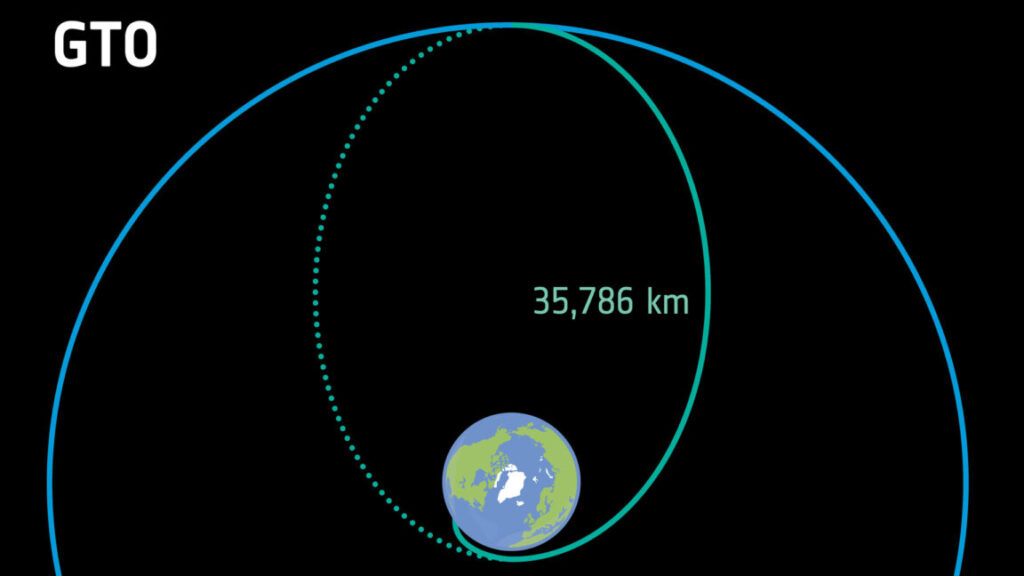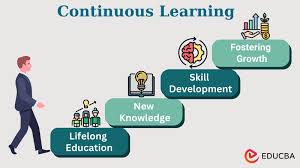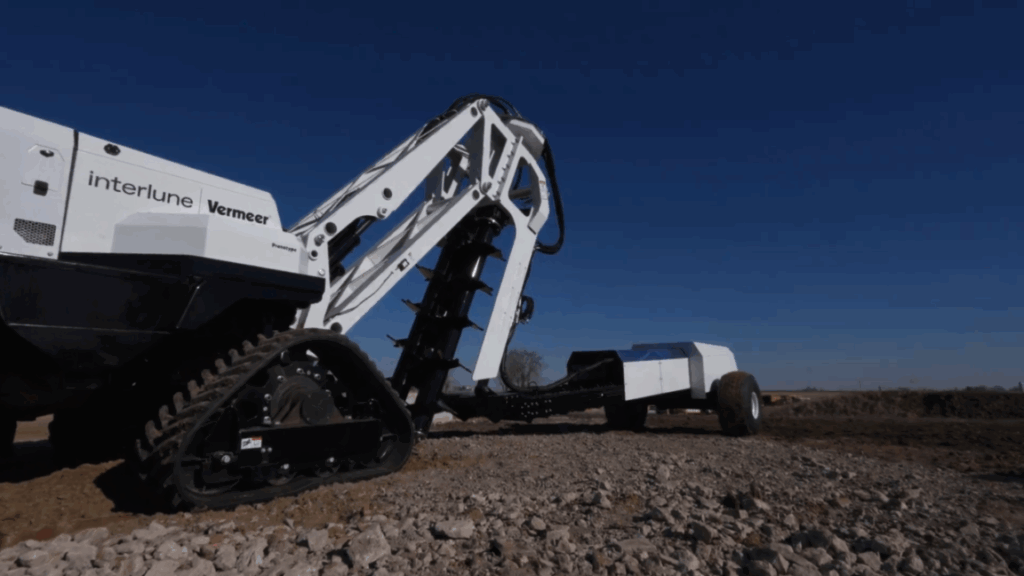A key question going forward is the extent to which making further AI progress will depend upon some form of continual learning. Dwarkesh Patel offers us an extended essay considering these questions and reasons to be skeptical of the pace of progress for a while. I am less skeptical about many of these particular considerations, and do my best to explain why in detail.
Separately, Ivanka Trump recently endorsed a paper with a discussion I liked a lot less but that needs to be discussed given how influential her voice might (mind you I said might) be to policy going forward, so I will then cover that here as well.
Dwarkesh Patel explains why he doesn’t think AGI is right around the corner, and why AI progress today is insufficient to replace most white collar employment: That continual learning is both necessary and unsolved, and will be a huge bottleneck.
He opens with this quote:
Rudiger Dornbusch: Things take longer to happen than you think they will, and then they happen faster than you thought they could.
Clearly this means one is poorly calibrated, but also yes, and I expect it to feel like this as well. Either capabilities, diffusion or both will be on an exponential, and the future will be highly unevenly distributed until suddenly parts of it aren’t anymore. That seems to be true fractally as well, when the tech is ready and I figure out how to make AI do something, that’s it, it’s done.
Here is Dwarkesh’s Twitter thread summary:
Dwarkesh Patel: Sometimes people say that even if all AI progress totally stopped, the systems of today would still be economically transformative. I disagree. The reason that the Fortune 500 aren’t using LLMs to transform their workflows isn’t because the management is too stodgy.
Rather, it’s genuinely hard to get normal humanlike labor out of LLMs. And this has to do with some fundamental capabilities these models lack.
New blog post where I explain why I disagree with this, and why I have slightly longer timelines to AGI than many of my guests.
I think continual learning is a huge bottleneck to the usefulness of these models, and extended computer use may take years to sort out.
Link here.
There is no consensus definition of transformational but I think this is simply wrong, in the sense that LLMs being stuck without continual learning at essentially current levels would not stop them from having a transformational impact. There are a lot of other ways to get a ton more utility out of what we already have, and over time we would build around what the models can do rather than giving up the moment they don’t sufficiently neatly fit into existing human-shaped holes.
When we do solve human like continual learning, however, we might see a broadly deployed intelligence explosion *even if there’s no more algorithmic progress*.
Simply from the AI amalgamating the on-the-job experience of all the copies broadly deployed through the economy.
I’d bet 2028 for computer use agents that can do taxes end-to-end for my small business as well as a competent general manager could in a week: including chasing down all the receipts on different websites, emailing back and forth for invoices, and filing to the IRS.
That being said, you can’t play around with these models when they’re in their element and still think we’re not on track for AGI.
Strongly agree with that last statement. Regardless of how much we can do without strictly solving continual learning, continual learning is not solved… yet.
These are simple, self contained, short horizon, language in-language out tasks – the kinds of assignments that should be dead center in the LLMs’ repertoire. And they’re 5/10 at them. Don’t get me wrong, that’s impressive.
But the fundamental problem is that LLMs don’t get better over time the way a human would. The lack of continual learning is a huge huge problem. The LLM baseline at many tasks might be higher than an average human’s. But there’s no way to give a model high level feedback.
You’re stuck with the abilities you get out of the box. You can keep messing around with the system prompt. In practice this just doesn’t produce anything even close to the kind of learning and improvement that human employees experience.
The reason humans are so useful is not mainly their raw intelligence. It’s their ability to build up context, interrogate their own failures, and pick up small improvements and efficiencies as they practice a task.
You make an AI tool. It’s 5/10 out of the box. What level of Skill Issue are we dealing with here, that stops it from getting better over time assuming you don’t get to upgrade the underlying model?
You can obviously engage in industrial amounts of RL or other fine-tuning, but that too only goes so far.
You can use things like memory, or train LoRas, or various other incremental tricks. That doesn’t enable radical changes, but I do think it can work for the kinds of preference learning Dwarkesh is complaining he currently doesn’t have access to, and you can if desired go back and fine tune the entire system periodically.
How do you teach a kid to play a saxophone? You have her try to blow into one, listen to how it sounds, and adjust. Now imagine teaching saxophone this way instead: A student takes one attempt. The moment they make a mistake, you send them away and write detailed instructions about what went wrong. The next student reads your notes and tries to play Charlie Parker cold. When they fail, you refine the instructions for the next student.
This just wouldn’t work. No matter how well honed your prompt is, no kid is just going to learn how to play saxophone from just reading your instructions. But this is the only modality we as users have to ‘teach’ LLMs anything.
Are you even so sure about that? If the context you can give is hundreds of thousands to millions of tokens at once, with ability to conditionally access millions or billions more? If you can create new tools and programs and branch workflows, or have it do so on your behalf, and call instances with different contexts and procedures for substeps? If you get to keep rewinding time and sending in the exact same student in the same mental state as many times as you want? And so on, including any number of things I haven’t mentioned or thought about?
I am confident that with enough iterations and work (and access to the required physical tools) I could write a computer program to operate a robot to play the saxophone essentially perfectly. No, you can’t do this purely via the LLM component, but that is why we are moving towards MCP and tool use for such tasks.
I get that Dwarkesh has put a lot of work into getting his tools to 5/10. But it’s nothing compared to the amount of work that could be done, including the tools that could be involved. That’s not a knock on him, that wouldn’t be a good use of his time yet.
LLMs actually do get kinda smart and useful in the middle of a session. For example, sometimes I’ll co-write an essay with an LLM. I’ll give it an outline, and I’ll ask it to draft the essay passage by passage. All its suggestions up till 4 paragraphs in will be bad. So I’ll just rewrite the whole paragraph from scratch and tell it, “Hey, your shit sucked. This is what I wrote instead.” At that point, it can actually start giving good suggestions for the next paragraph. But this whole subtle understanding of my preferences and style is lost by the end of the session.
Okay, so that seems like it is totally, totally a Skill Issue now? As in, Dwarkesh Patel has a style. A few paragraphs of that style clue the LLM into knowing how to help. So… can’t we provide it with a bunch of curated examples of similar exercises, and put them into context in various ways (Claude projects just got 10x more context!) and start with that?
Even Claude Code will often reverse a hard-earned optimization that we engineered together before I hit /compact – because the explanation for why it was made didn’t make it into the summary.
Yeah, this is super annoying, I’ve run into it, but I can think of some obvious fixes for this, especially if you notice what you want to preserve? One obvious way is to do what humans do, which is to put it into comments in the code saying what the optimization is and why to keep it, which then remain in context whenever Claude considers ripping them out, I don’t know if that works yet but it totally should.
I’m not saying I have the magical solution to all this but it all feels like it’s One Weird Trick (okay, maybe 10 working together) away from working in ways I could totally figure out if I had a team behind me and I focused on it.
My guess is this will not look like ‘learn like a human’ exactly. Different tools are available, so we’ll first get the ability to solve this via doing something different. But also, yeah, I think with enough skill and the right technique (on the level of the innovation that created reasoning models) you could basically do what humans do? Which involves effectively having the systems automatically engage in various levels of meta and updating, often quite heavily off a single data point.
It is hard to overstate how much time and effort goes into training a human employee.
There are many jobs where an employee is not net profitable for years. Hiring decisions are often made on the basis of what will be needed in year four or beyond.
That ignores the schooling that you also have to do. A doctor in America requires starting with a college degree, then four years of medical school, then four years of residency, and we have to subsidize that residency because it is actively unprofitable. That’s obviously an extreme case, but there are many training programs or essentially apprenticeships that last for years, including highly expensive time from senior people and expensive real world mistakes.
Imagine what it took to make Dwarkesh Patel into Dwarkesh Patel. Or the investment he makes in his own employees.
Even afterwards, in many ways you will always be ‘stuck with’ various aspects of those employees, and have to make the most of what they offer. This is standard.
Claude Opus estimates, and I think this is reasonable, that for every two hours humans spend working, they spend one hour learning, with a little less than half of that learning essentially ‘on the job.’
If you need to train a not a ‘universal’ LLM but a highly specific-purpose LLM, and have a massive compute budget with which to do so, and you mostly don’t care about how it performs out of distribution the same way you mostly don’t for an employee (as in, you teach it what you teach a human, which is ‘if this is outside your distribution or you’re failing at it then run it up the chain to your supervisor,’ and you have a classifier for that) and you can build and use tools along the way? Different ballgame.
It makes sense, given the pace of progress, for most people and companies not to put that kind of investment into AI ‘employees’ or other AI tasks. But if things do start to stall out, or they don’t, either way the value proposition on that will quickly improve. It will start to be worth doing. And we will rapidly learn new ways of doing it better, and have the results available to be copied.
Here’s his predictions on computer use in particular, to see how much we actually disagree:
When I interviewed Anthropic researchers Sholto Douglas and Trenton Bricken on my podcast, they said that they expect reliable computer use agents by the end of next year. We already have computer use agents right now, but they’re pretty bad. They’re imagining something quite different.
Their forecast is that by the end of next year, you should be able to tell an AI, “Go do my taxes.” And it goes through your email, Amazon orders, and Slack messages, emails back and forth with everyone you need invoices from, compiles all your receipts, decides which are business expenses, asks for your approval on the edge cases, and then submits Form 1040 to the IRS.
I’m skeptical. I’m not an AI researcher, so far be it for me to contradict them on technical details. But given what little I know, here’s why I’d bet against this forecast:
-
As horizon lengths increase, rollouts have to become longer. The AI needs to do two hours worth of agentic computer use tasks before we can even see if it did it right. Not to mention that computer use requires processing images and video, which is already more compute intensive, even if you don’t factor in the longer rollout. This seems like this should slow down progress.
Let’s take the concrete example here, ‘go do my taxes.’
This is a highly agentic task, but like a real accountant you can choose to ‘check its work’ if you want, or get another AI to check the work, because you can totally break this down into smaller tasks that allow for verification, or present a plan of tasks that can be verified. Similarly, if you are training TaxBot to do people’s taxes for them, you can train TaxBot on a lot of those individual subtasks, and give it clear feedback.
Almost all computer use tasks are like this? Humans also mostly don’t do things that can’t be verified for hours?
And the core building block issues of computer use seem mostly like very short time horizon tasks with very easy verification methods. If you can get lots of 9s on the button clicking and menu navigation and so on, I think you’re a lot of the way there.
The subtasks are also 99%+ things that come up relatively often, and that don’t present any non-trivial difficulties. A human accountant already will have to occasionally say ‘wait, I need you the taxpayer to tell me what the hell is up with this thing’ and we’re giving the AI in 2028 the ability to do this too.
I don’t see any fundamental difference between the difficulties being pointed out here, and the difficulties of tasks we have already solved.
-
We don’t have a large pretraining corpus of multimodal computer use data. I like this quote from Mechanize’s post on automating software engineering: “For the past decade of scaling, we’ve been spoiled by the enormous amount of internet data that was freely available for us to use. This was enough for cracking natural language processing, but not for getting models to become reliable, competent agents. Imagine trying to train GPT-4 on all the text data available in 1980—the data would be nowhere near enough, even if we had the necessary compute.”
Again, I’m not at the labs. Maybe text only training already gives you a great prior on how different UIs work, and what the relationship between different components is. Maybe RL fine tuning is so sample efficient that you don’t need that much data. But I haven’t seen any public evidence which makes me think that these models have suddenly gotten less data hungry, especially in this domain where they’re substantially less practiced.
Alternatively, maybe these models are such good front end coders that they can just generate millions of toy UIs for themselves to practice on. For my reaction to this, see bullet point below.
I’m not going to keep working for the big labs for free on this one by giving even more details on how I’d solve all this, but this totally seems like highly solvable problems, and also this seems like a case of the person saying it can’t be done interrupting the people doing it? It seems like progress is being made rapidly.
-
Even algorithmic innovations which seem quite simple in retrospect seem to take a long time to iron out. The RL procedure which DeepSeek explained in their R1 paper seems simple at a high level. And yet it took 2 years from the launch of GPT-4 to the release of o1.
-
Now of course I know it is hilariously arrogant to say that R1/o1 were easy – a ton of engineering, debugging, pruning of alternative ideas was required to arrive at this solution. But that’s precisely my point! Seeing how long it took to implement the idea, ‘Train the model to solve verifiable math and coding problems’, makes me think that we’re underestimating the difficulty of solving the much gnarlier problem of computer use, where you’re operating in a totally different modality with much less data.
I think two years is how long we had to have the idea of o1 and commit to it, then to implement it. Four months is roughly the actual time it took from ‘here is that sentence and we know it works’ to full implementation. Also we’re going to have massively more resources to pour into these questions this time around, and frankly I don’t think any of these insights are even as hard to find as o1, especially now that we have reasoning models to use as part of this process.
I think there are other potential roadblocks along the way, and once you factor all of those in you can’t be that much more optimistic, but I see this particular issue as not that likely to pose that much of a bottleneck for long.
His predictions are he’d take 50/50 bets on: 2028 for an AI that can ‘just go do your taxes as well as a human accountant could’ and 2032 for ‘can learn details and preferences on the job as well as a human can.’ I’d be inclined to take other side of both of those bets, assuming it means by EOY, for the 2032 one we’d need to flesh out details.
But if we have the ‘AI that does your taxes’ in 2028 then 2029 and 2030 look pretty weird, because this implies other things:
Daniel Kokotajlo: Great post! This is basically how I think about things as well. So why the difference in our timelines then?
–Well, actually, they aren’t that different. My median for the intelligence explosion is 2028 now (one year longer than it was when writing AI 2027), which means early 2028 or so for the superhuman coder milestone described in AI 2027, which I’d think roughly corresponds to the “can do taxes end-to-end” milestone you describe as happening by end of 2028 with 50% probability. Maybe that’s a little too rough; maybe it’s more like month-long horizons instead of week-long. But at the growth rates in horizon lengths that we are seeing and that I’m expecting, that’s less than a year…
–So basically it seems like our only serious disagreement is the continual/online learning thing, which you say 50% by 2032 on whereas I’m at 50% by end of 2028. Here, my argument is simple: I think that once you get to the superhuman coder milestone, the pace of algorithmic progress will accelerate, and then you’ll reach full AI R&D automation and it’ll accelerate further, etc. Basically I think that progress will be much faster than normal around that time, and so innovations like flexible online learning that feel intuitively like they might come in 2032 will instead come later that same year.
(For reference AI 2027 depicts a gradual transition from today to fully online learning, where the intermediate stages look something like “Every week, and then eventually every day, they stack on another fine-tuning run on additional data, including an increasingly high amount of on-the-job real world data.” A janky unprincipled solution in early 2027 that gives way to more elegant and effective things midway through the year.)
I found this an interestingly wrong thing to think:
Richard: Given the risk of fines and jail for filling your taxes wrong, and the cost of processing poor quality paperwork that the government will have to bear, it seems very unlikely that people will want AI to do taxes, and very unlikely that a government will allow AI to do taxes.
The rate of fully accurately filing your taxes is, for anyone whose taxes are complex, basically 0%. Everyone makes mistakes. When the AI gets this right almost every time, it’s already much better than a human accountant, and you’ll have a strong case that what happened was accidental, which means at worst you pay some modest penalties.
Personal story, I was paying accountants at a prestigious firm that will go unnamed to do my taxes, and they literally just forgot to include paying city tax at all. As in, I’m looking at the forms, and I ask, ‘wait why does it have $0 under city tax?’ and the guy essentially says ‘oh, whoops.’ So, yeah. Mistakes are made. This will be like self-driving cars, where we’ll impose vastly higher standards of accuracy and law abidance on the AIs, and they will meet them because the bar really is not that high.
There were also some good detailed reactions and counterarguments from others:
Near: finally some spicy takes around here.
Rohit: The question is whether we need humanlike labour for transformative economic outcomes, or whether we can find ways to use the labour it does provide with a different enough workflow that it adds substantial economic advantage.
Sriram Krishnan: Really good post from @dwarkesh_sp on continuous learning in LLMs.
Vitalik Buterin: I have high probability mass on longer timelines, but this particular issue feels like the sort of limitation that’s true until one day someone discovers a magic trick (think eg. RL on CoT) that suddenly makes it no longer true.
Sriram Krishnan: Agree – CoT is a particularly good example.
Ryan Greenblatt: I agree with much of this post. I also have roughly 2032 medians to things going crazy, I agree learning on the job is very useful, and I’m also skeptical we’d see massive white collar automation without further AI progress.
However, I think Dwarkesh is wrong to suggest that RL fine-tuning can’t be qualitatively similar to how humans learn.
In the post, he discusses AIs constructing verifiable RL environments for themselves based on human feedback and then argues this wouldn’t be flexible and powerful enough to work, but RL could be used more similarly to how humans learn.
My best guess is that the way humans learn on the job is mostly by noticing when something went well (or poorly) and then sample efficiently updating (with their brain doing something analogous to an RL update). In some cases, this is based on external feedback (e.g. from a coworker) and in some cases it’s based on self-verification: the person just looking at the outcome of their actions and then determining if it went well or poorly.
So, you could imagine RL’ing an AI based on both external feedback and self-verification like this. And, this would be a “deliberate, adaptive process” like human learning. Why would this currently work worse than human learning?
Current AIs are worse than humans at two things which makes RL (quantitatively) much worse for them:
1. Robust self-verification: the ability to correctly determine when you’ve done something well/poorly in a way which is robust to you optimizing against it.
2. Sample efficiency: how much you learn from each update (potentially leveraging stuff like determining what caused things to go well/poorly which humans certainly take advantage of). This is especially important if you have sparse external feedback.
But, these are more like quantitative than qualitative issues IMO. AIs (and RL methods) are improving at both of these.
All that said, I think it’s very plausible that the route to better continual learning routes more through building on in-context learning (perhaps through something like neuralese, though this would greatly increase misalignment risks…).
Some more quibbles:
– For the exact podcasting tasks Dwarkesh mentions, it really seems like simple fine-tuning mixed with a bit of RL would solve his problem. So, an automated training loop run by the AI could probably work here. This just isn’t deployed as an easy-to-use feature.
– For many (IMO most) useful tasks, AIs are limited by something other than “learning on the job”. At autonomous software engineering, they fail to match humans with 3 hours of time and they are typically limited by being bad agents or by being generally dumb/confused. To be clear, it seems totally plausible that for podcasting tasks Dwarkesh mentions, learning is the limiting factor.
– Correspondingly, I’d guess the reason that we don’t see people trying more complex RL based continual learning in normal deployments is that there is lower hanging fruit elsewhere and typically something else is the main blocker. I agree that if you had human level sample efficiency in learning this would immediately yield strong results (e.g., you’d have very superhuman AIs with 10^26 FLOP presumably), I’m just making a claim about more incremental progress.
– I think Dwarkesh uses the term “intelligence” somewhat atypically when he says “The reason humans are so useful is not mainly their raw intelligence. It’s their ability to build up context, interrogate their own failures, and pick up small improvements and efficiencies as they practice a task.” I think people often consider how fast someone learns on the job as one aspect of intelligence. I agree there is a difference between short feedback loop intelligence (e.g. IQ tests) and long feedback loop intelligence and they are quite correlated in humans (while AIs tend to be relatively worse at long feedback loop intelligence).
More thoughts/quibbles:
– Dwarkesh notes “An AI that is capable of online learning might functionally become a superintelligence quite rapidly, even if there’s no algorithmic progress after that point.” This seems reasonable, but it’s worth noting that if sample efficient learning is very compute expensive, then this might not happen so rapidly.
– I think AIs will likely overcome poor sample efficiency to achieve a very high level of performance using a bunch of tricks (e.g. constructing a bunch of RL environments, using a ton of compute to learn when feedback is scarce, learning from much more data than humans due to “learn once deploy many” style strategies). I think we’ll probably see fully automated AI R&D prior to matching top human sample efficiency at learning on the job. Notably, if you do match top human sample efficiency at learning (while still using a similar amount of compute to the human brain), then we already have enough compute for this to basically immediately result in vastly superhuman AIs (human lifetime compute is maybe 3e23 FLOP and we’ll soon be doing 1e27 FLOP training runs). So, either sample efficiency must be worse or at least it must not be possible to match human sample efficiency without spending more compute per data-point/trajectory/episode.
Matt Reardon: Dwarkesh commits the sin of thinking work you’re personally close to is harder-than-average to automate.
Herbie Bradley: I mean this is just correct? most researchers I know think continual learning is a big problem to be solved before AGI
Matt Reardon: My main gripe is that “<50%" [of jobs being something you can automate soon] should be more like "<15%"
Danielle Fong: Gell-Mann Amnesia for AI.
Reardon definitely confused me here, but either way I’d say that Dwarkesh Patel is a 99th percentile performer. He does things most other people can’t do. That’s probably going to be harder to automate than most other white collar work? The bulk of hours in white collar work are very much not bespoke things and don’t act to put state or memory into people in subtle ways?
Now that we’ve had a good detailed discussion and seen several perspectives, it’s time to address another discussion of related issues, because it is drawing attention from an unlikely source.
After previously amplifying Situational Awareness, Ivanka Trump is back in the Essay Meta with high praise for The Era of Experience, authored by David Silver and (oh no) Richard Sutton.
Situational Awareness was an excellent pick. I do not believe this essay was a good pick. I found it a very frustrating, unoriginal and unpersuasive paper to read. To the extent it is saying something new I don’t agree, but it’s not clear to what extent it is saying anything new. Unless you want to know about this paper exactly because Ivanka is harping it, you should skip this section.
I think the paper effectively mainly says we’re going to do a lot more RL and we should stop trying to make the AIs mimic, resemble or be comprehensible to humans or trying to control their optimization targets?
Ivanka Trump: Perhaps the most important thing you can read about AI this year : “Welcome to the Era of Experience”
This excellent paper from two senior DeepMind researchers argues that AI is entering a new phase—the “Era of Experience”—which follows the prior phases of simulation-based learning and human data-driven AI (like LLMs).
The authors’ posit that future AI breakthroughs will stem from learning through direct interaction with the world, not from imitating human-generated data.
This is not a theory or distant future prediction. It’s a description of a paradigm shift already in motion.
Let me know what you think !
Glad you asked, Ivanka! Here’s what I think.
The essay starts off with a perspective we have heard before, usually without much of an argument behind it: That LLMs and other AIs trained only on ‘human data’ is ‘rapidly approaching a limit,’ we are running out of high-quality data, and thus to progress significantly farther AIs will need to move into ‘the era of experience,’ meaning learning continuously from their environments.
I agree that the standard ‘just feed it more data’ approach will run out of data with which to scale, but there are a variety of techniques already being used to get around this. We have lots of options.
The leading example the paper itself gives of this in the wild is AlphaProof, which ‘interacted with a formal proofing system’ which seems to me like a clear case of synthetic data working and verification being easier than generation, rather than ‘experience.’ If the argument is simply that RL systems will learn by having their outputs evaluated, that isn’t news.
They claim to have in mind something rather different from that, and with this One Weird Trick they assert Superintelligence Real Soon Now:
Our contention is that incredible new capabilities will arise once the full potential of experiential learning is harnessed. This era of experience will likely be characterised by agents and environments that, in addition to learning from vast quantities of experiential data, will break through the limitations of human-centric AI systems in several further dimensions:
• Agents will inhabit streams of experience, rather than short snippets of interaction.
• Their actions and observations will be richly grounded in the environment, rather than interacting via human dialogue alone.
• Their rewards will be grounded in their experience of the environment, rather than coming from human prejudgement.
• They will plan and/or reason about experience, rather than reasoning solely in human terms.
We believe that today’s technology, with appropriately chosen algorithms, already provides a sufficiently powerful foundation to achieve these breakthroughs. Furthermore, the pursuit of this agenda by the AI community will spur new innovations in these directions that rapidly progress AI towards truly superhuman agents.
I suppose if the high level takeaway is ‘superintelligence is likely coming reasonably soon with the right algorithms’ then there’s no real disagreement?
They then however discuss tool calls and computer use, which then seems like a retreat back into an ordinary RL paradigm? It’s also not clear to me what the authors mean by ‘human terms’ versus ‘plan and/or reason about experience,’ or even what ‘experience’ means here. They seem to be drawing a distinction without a difference.
If the distinction is simply (as the paper implies in places) that the agents will do self-evaluation rather than relying on human feedback, I have some important news about how existing systems already function? They use the human feedback and other methods to train an AI feedback system that does most of the work? And yes they often include ‘real world’ feedback systems in that? What are we even saying here?
They also seem to be drawing a distinction between the broke ‘human feedback’ and the bespoke ‘humans report physical world impacts’ (or ‘other systems measure real world impacts’) as if the first does not often encompass the second. I keep noticing I am confused what the authors are trying to say.
For reasoning, they say it is unlikely human methods of reasoning and human language are optimal, more efficient methods of thought must exist. I mean, sure, but that’s also true for humans, and it’s obvious that you can use ‘human style methods of thought’ to get to superintelligence by simply imagining a human plus particular AI advantages.
As many have pointed out (and is central to AI 2027) encouraging AIs to use alien-looking inhuman reasoning styles we cannot parse is likely a very bad idea even if it would be more effective, what visibility we have will be lost and also it likely leads to alien values and breaks many happy things. Then again, Richard Sutton is one of the authors of this paper and he thinks we should welcome succession, as in the extinction of humanity, so he wouldn’t care.
They try to argue against this by saying that while agents pose safety risks and this approach may increase those safety risks, the approach may also have safety benefits. First, they say this allows the AI to adapt to its environment, as if the other agent could not do this or this should make us feel safer.
Second, they say ‘the reward function may itself be adapted through experience,’ in terms of risk that’s worse you know that that’s worse, right? They literally say ‘rather than blindly optimizing a signal such as the number of paperclips it can adopt to indications of human concern,’ this shows a profound lack of understanding and curiosity of where the whole misspecification of rewards problem is coming from or the arguments about it from Yudkowsky (since they bring in the ‘paperclips’).
Adapting autonomously and automatically towards something like ‘level of human concern’ is exactly the kind of metric and strategy that is absolutely going to encourage perverse outcomes and get you killed at the limit. You don’t get out of the specification problem by saying you can specify something messier and let the system adapt around it autonomously, that only makes it worse, and in no way addresses the actual issue.
The final argument for safety is that relying on physical experience creates time limitations, which provides a ‘natural break,’ which is saying that capabilities limits imposed by physical interactions will keep things more safe? Seriously?
There is almost nothing in the way of actual evidence or argument in the paper that is not fully standard, beyond a few intuition pumps. There are many deep misunderstandings, including fully backwards arguments, along the way. We may well want to rely a lot more on RL and on various different forms of ‘experiential’ data and continuous learning, but given how much worse it was than I expected this post updated me in the opposite direction of that which was clearly intended.





